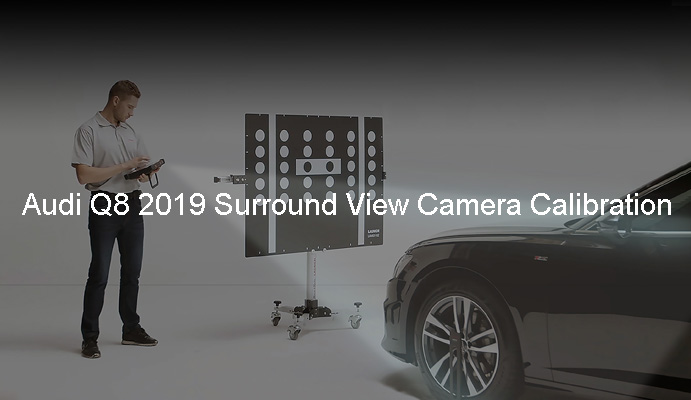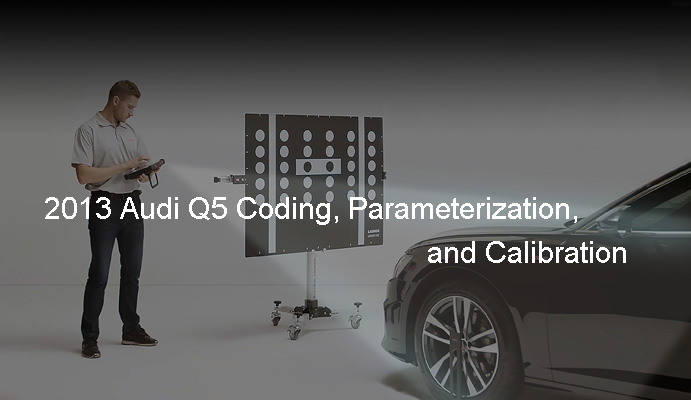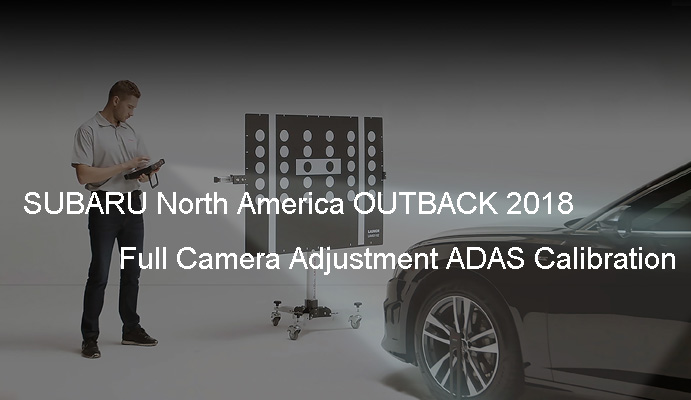Motor angle calibration is the process of measuring the position of a motor's rotor or shaft using sensors to determine its exact angle. This process is usually performed during the motor control system initialization phase to ensure accurate initial position information in closed-loop control. Sensors monitor the motor rotor position and provide feedback, allowing the system to adjust control signals to achieve the desired motor operating status.
Among them, there are roughly several types of sensors used:
① Rotary encoder:
A rotary encoder is a commonly used sensor that measures rotational position by mounting a code disk on a rotor and using a photoelectric or magnetic sensor. It provides high-precision angle information and is suitable for applications requiring accurate position control.
② Hall effect sensor:
Hall effect sensors measure changes in magnetic fields based on the Hall effect and are typically used with permanent magnets. They are useful for low-cost, low-power applications and those requiring detection of magnetic fields.
③ Resolver:
The resolver is a high-precision sensor that provides accurate angular information by measuring the position of the rotor relative to the stator. It is suitable for applications requiring higher accuracy, such as aerospace and medical equipment.
Motor angle calibration is critical for many reasons, especially in motor control systems. Here are the main reasons why motor angle calibration is so important:
① Position control accuracy:
Motor angle calibration ensures accurate measurement of rotor or shaft position. This accuracy is critical to enabling precise control of motor position, supporting applications that require precise positioning, such as robotics and automation systems.
② Efficient motor operation:
Accurate knowledge of motor angle allows for more efficient operation. The control system can adjust the motor input based on the actual rotor position, optimizing energy consumption and improving overall efficiency.
③ Closed-loop control:
Motor angle calibration is the basis of a closed-loop control system. The closed-loop system uses sensor feedback to adjust the motor's operation in real time. Accurate calibration ensures reliable feedback, resulting in stable and controlled motor performance.
④ Reduce system errors:
Calibration helps minimize errors in motor control systems. Inaccurate angle information can cause discrepancies between commanded and actual motor positions, resulting in reduced system accuracy and performance.
⑤ Prevent position drift:
Over time, factors such as temperature changes and mechanical wear can affect the accuracy of position feedback. Regular motor angle calibration helps prevent position drift and maintain the accuracy of the motor control system.
⑥ Best torque and speed control:
In applications where precise torque and speed control is critical, such as electric vehicles, precise motor angle information is critical. Calibration ensures that the motor responds accurately to control commands, delivering the required torque and speed.
⑦ Enhance system stability:
Accurate motor angle information contributes to the stability of the entire control system. Stable operation is critical in applications where vibration, oscillation, or sudden changes in load can affect system performance.
⑧ Extend the service life of components:
Proper calibration helps prevent problems such as overloading or overheating, which can cause premature wear of motor components. This in turn helps extend the service life of the motor and related components.
⑨ Safety considerations:
In safety-critical applications such as automotive systems, precise motor control is critical to ensure safe and reliable operation. Motor angle calibration serves the purpose of meeting safety standards and requirements.
⑩ Adaptability to various loads:
A well-calibrated motor control system can adapt to different loads and operating conditions, providing flexibility for a variety of applications. This adaptability is critical in environments where motors need to maintain optimal performance under changing conditions.
In summary, motor angle calibration is very important to achieve the accuracy, efficiency, stability and safety of the motor control system. It enables the motor to operate accurately and reliably.
In electric vehicles (EVs), motor angle calibration plays a vital role in optimizing the performance, efficiency and overall operation of the motor. The following are some specific applications of motor angle calibration in electric vehicles:
① Precise torque control:
Motor angle calibration allows precise control of the torque produced by the motor. This is especially important during acceleration, deceleration and various driving conditions where precise torque delivery is crucial.
③ Smooth acceleration and deceleration:
Precise motor angle calibration contributes to smooth, responsive acceleration and deceleration. It ensures that the electric motor responds accurately to driver input, thereby enhancing the driving experience.
④ Efficient powertrain operation:
Motor angle calibration is critical to the efficient operation of the powertrain. It enables the electric motor to operate at optimal performance parameters, minimizing energy losses and maximizing the electric vehicle's driving range.
⑤ Enhanced dynamic stability:
Precise motor angle calibration contributes to the dynamic stability of electric vehicles. It helps maintain stability in a variety of driving conditions, including rapid acceleration, cornering and speed changes.
⑥ Optimize wheel power transmission:
Motor angle calibration ensures that the power provided by the motor is optimized for driving conditions. This includes adjusting the torque output of the wheels based on factors such as speed, load and terrain.
⑦ Improved traction control:
Motor angle calibration plays an important role in the traction control system, helping to optimize torque distribution to individual wheels. This enhances the vehicle's traction and stability, especially in challenging road conditions.
⑧ Battery management integration:
Motor angle calibration is often integrated into the overall battery management system (BMS). This integration ensures coordination between the electric motor and battery, optimizing performance and extending the overall life of the battery pack.
⑨ Reduce energy consumption:
Precise motor angle calibration helps minimize energy waste and reduce overall energy consumption. This is critical to maximizing the efficiency of electric vehicles and enabling longer driving ranges.
⑩ Adaptive motor control:
Motor angle calibration enables adaptive motor control that dynamically adjusts the motor's behavior based on real-time conditions. This adaptability is important to maintain optimal performance in different driving scenarios.
Overall, motor angle calibration in electric vehicles is a critical component of advanced motor control systems to ensure the motor operates accurately, efficiently, and reliably, ultimately contributing to the success of electric vehicles.
Industry trends of motor angle calibration
① Intelligent motor control:
Industry trends point to intelligent motor control, in which motor angle calibration is combined with advanced algorithms and learning technologies to achieve smarter, adaptive motor operation. This includes leveraging machine learning and artificial intelligence to optimize the calibration process and improve system performance.
② Sensor technology innovation:
The introduction of new generation sensor technology has an impact on motor angle calibration. High-resolution, low-latency sensors provide more accurate position feedback, improving motor control accuracy. For example, using innovative technologies such as MEMS (microelectromechanical systems) sensors.
③ Brushless motor control optimization:
Motor angle calibration becomes even more important in brushless motor control applications. Industry trends include optimizing calibration algorithms to adapt to different types of brushless motors, improving efficiency and performance.
④ Closed-loop control system integration:
Future directions will emphasize more tightly integrated closed-loop control systems, of which motor angle calibration is a key component. This helps improve system stability, responsiveness and adaptability.
⑤ Software and hardware co-design:
Industry trends tend towards software and hardware co-design to achieve more efficient motor control. This includes integrating optimized hardware structures and software algorithms in motor angle calibration to improve overall performance.
⑥ Real-time calibration and adaptability:
Future directions include the further development of real-time calibration techniques to accommodate dynamic changes in the motor during operation. Adaptive calibration algorithms will be able to make instant adjustments based on actual operating conditions, increasing system flexibility.
⑦ Networking and remote calibration:
Industry trends indicate that motor control systems will become more networked and may include remote calibration capabilities. This enables remote monitoring, diagnosis and calibration, improving maintenance efficiency.
⑧ Energy efficiency and sustainability:
Industry requirements for the energy efficiency and sustainability of motor control systems are increasing. Motor angle calibration will move towards reducing energy waste and optimizing motor efficiency to meet sustainability goals.
⑨ Cross-industry integration:
The development trend of motor angle calibration may involve integration between different industries, such as a deeper combination of automotive motor control technology and industrial automation fields to promote cross-industry innovation and development.
Return


